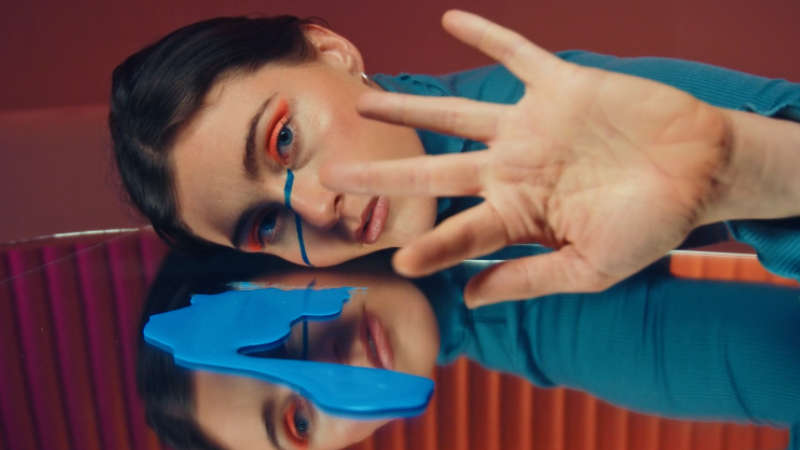A young couple deals with life changes following an early MS diagnosis.
Director’s Vision for ‘Richard and Mary’
Richard and Mary is based on the experiences of my Aunt Mary and Uncle Richard. The two of them met in university and fell in love. At twenty-four, my uncle started experiencing strange symptoms he couldn’t explain; muscle weakness, incontinence, extreme fatigue, visual distortions. The symptoms got progressively worse, and at thirty, he was formally diagnosed with early-onset, relapsing/remitting Multiple Sclerosis. For decades they have navigated the challenges of his condition together, through teaching careers, travel, raising two beautiful children and now the complicated late stages of the disease. I have always admired their strength and humour, and in some ways, looked to them for proof that love can endure.
During the development process, I got to interview them at length about their early experiences with MS and their current thoughts. It has been such an honour to learn more about their lives and to be given the latitude to explore their experiences through this work. The film was created via a highly physical, improvisational process in which me and my co-actor, Ted Charette, actually attempted to embody the experiences my aunt and uncle shared with us. I can say without reservation, that carrying Ted some 20 feet, from outside on the fire escape to just inside the apartment window, is one of the hardest things I have ever had to do. I can’t even begin to fathom how my Aunt Mary did this for decades and how my Uncle Richard navigated the constant uncertainty of whether his body would work on a given day. The shoot was physically and emotionally gruelling… A radically empathic experience through which I hope we were able to communicate the intimacy of illness.
The images of degenerative and chronic illness are often highly medicalized; hospital waiting rooms, sterile hallways, concerned-looking doctors. The actual experience of these illnesses are highly intimate moments of change. The moment when you can’t open a jar, the moment when your legs don’t respond, the moment when you have to ask for help because there’s no other way to get up. These moments and the conversations that attend them don’t happen under the watchful eyes of doctors, instantly able to explain and assist. They happen in private. They happen while the rest of the world continues moving at full speed. They happen to both the person who is sick and the person who cares for them.
Following the extended isolation of quarantine, I felt even more compelled to explore the caregiver dynamic. I think there has been a societal shift in the way we now conceptualize this previously hidden labour. I hope my film contributes to this new collective understanding of its value. I feel that this a topic relevant to everyone, regardless of whether people in lives have chronic illnesses or disabilities; we all age, we all get sick… At some point we all will either take care of someone or be taken care of.
All that being said, I do want to emphasize, that to me, the film is first and foremost a love story.
Early in the development process when I would speak to people about the concept, a common response I would hear is “well, that’s beautiful, but it’s not really realistic…They wouldn’t stay together.” It was with the utmost joy and relish that I would get to retort “Well, they did… They still are”
I really hope that when engaging with the film people experience it not only as a story about illness but as a story about true love… About fidelity, loyalty and the true meaning of commitment. I hope that they feel the posing of love not as a magnetic force or as a magical bond, but rather as a choice. A choice to stay together and continue and honour, made again, and again, and again, over an entire lifetime.



